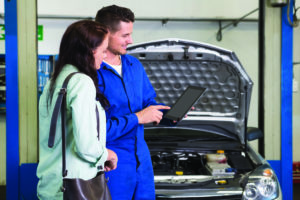 Trust. It’s such a simple sounding concept, yet it is also a strong word that applies to the relationships your shop and your brand has with its customers. Building customer trust is one of the most important factors in the growth and continued success of any shop. It is defined as “firm belief in the reliability, truth, ability, or strength of someone or something.” When we look at it, communication is at the center of this.
Trust. It’s such a simple sounding concept, yet it is also a strong word that applies to the relationships your shop and your brand has with its customers. Building customer trust is one of the most important factors in the growth and continued success of any shop. It is defined as “firm belief in the reliability, truth, ability, or strength of someone or something.” When we look at it, communication is at the center of this.
A survey done by AAA in 2016 revealed that over two thirds of drivers don’t trust auto repairers in general.
- The No. 1 concern cited was “Recommending unnecessary services” – 76%.
- The No. 2 concern was “Overcharging for services” – 73%.
- The No. 3 concern was “Negative past experiences” – 63%.
- Rounding out the top 4 was “Concerns that the work will not be done correctly” – 49%.
When looking at these results it becomes apparent that there is something that any shop can do improve these situations with their customers, and that is simply looking at how we communicate with them. Now this isn’t just the words we use when we talk to them. It’s how we communicate through the entire process beginning at the first contact.
More and more customers are finding our shops via the internet with the shop’s online presence. What does your website communicate to the customer? Does it show a professional facility and capable team members? Does it illustrate what services you offer? Does it show your community involvement? Does it position you at an elevation that would instill confidence and trust? Furthermore, does it encourage the customer to communicate?
For those customers that arrive at the actual facility, what does that look like? What does it represent and communicate? Many times as owners we can forget that the first contact is actually when the communication begins. How does the shop look coming down the road towards it, pulling onto the lot and finally when the customer approaches and enters the lobby? These are all important points of communication that can build trust before your service advisor even says “Hello.”
Whether the customer is calling in for an appointment or walking in the front door, the manner in which the service advisor communicates to them and the overall amount of communication can begin to seal the deal on building trust or make it and uphill climb. Training of our front office team members is critical to building and maintaining customer trust. This can be a touchy subject with many shop owners I have spoken to. The No. 1 concern I hear is “What if I spend a bunch of money on training and then they leave?” My response is always, “What if you don’t and they stay?”
We need to be aware as shop owners that our customers are evolving to embrace technology at a very rapid rate and we need to adapt to that. J.D. Power in Canada found that customers really seem to trust repairers which use tablets. We need to be aware as shop owners that our customers are evolving to embrace technology at a very rapid rate and we need to adapt to that. Again, it’s all about the communication.
“Customers like it when their service advisor is connected,” J.D. Power wrote in August. “The study finds that 21% of customers say their service advisor used a tablet device during their service visit. The use of a tablet seems to build a level of confidence in the advisor, as among customers whose advisor used a tablet and recommended additional work to their vehicle, 61% had the work done. When the advisor didn’t use a tablet but recommended additional services, only 44% had the work done.”
Overall, confusions created at the very start of the repair process are responsible for a large majority of situations that could create trust issues. It’s very simple, tell the customer what you can do, and then simply do what you told them! This means that communication within the entire team in the shop needs to be good as well. If the right hand doesn’t fully understand what the left hand is doing then the expectations of the customer are at risk of not being met. Your shop’s work flow needs to be as smooth as possible with quality communication existing all the way through to ensure those expectations of the customer are consistently met, day in and day out.
When the service advisors reach out to the customer with estimates for services and repairs, those discussions need to communicate to the customer at a level they understand without confusing them. This is where training of the front staff continues to pay big dividends.
Furthermore, the higher the quality of communication is with our vendors and various other suppliers is the better equipped we are to meet the customer’s expectations on both quality and timeliness.
Finally, when the service advisor is going over the vehicle at the point of pick-up and delivery, it is critical that this communication is complete. By that I mean that we need to take this opportunity to ensure that any and all questions and concerns are handled. You can have the best repair experience to this point, but a customer allowed to leave with an unanswered question can open the door for confusion and mistrust. Don’t rush the delivery!
As shop owners, we need to ensure that all the forms of communications our facilities, processes and team members deliver to the customer is at the core of that all too powerful center of our shop’s success. Trust!

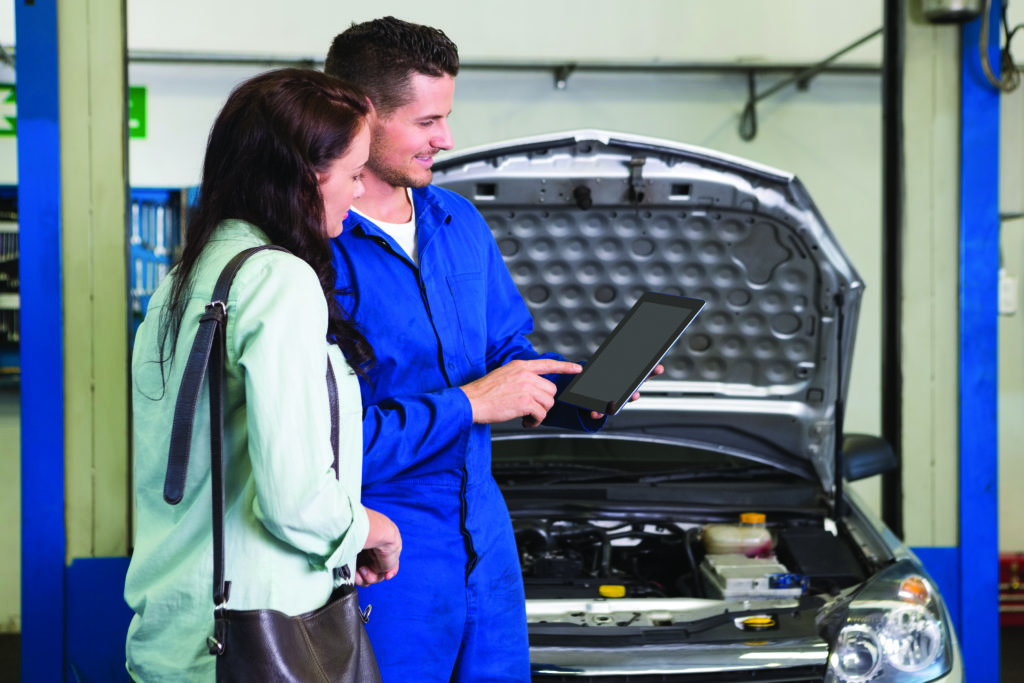
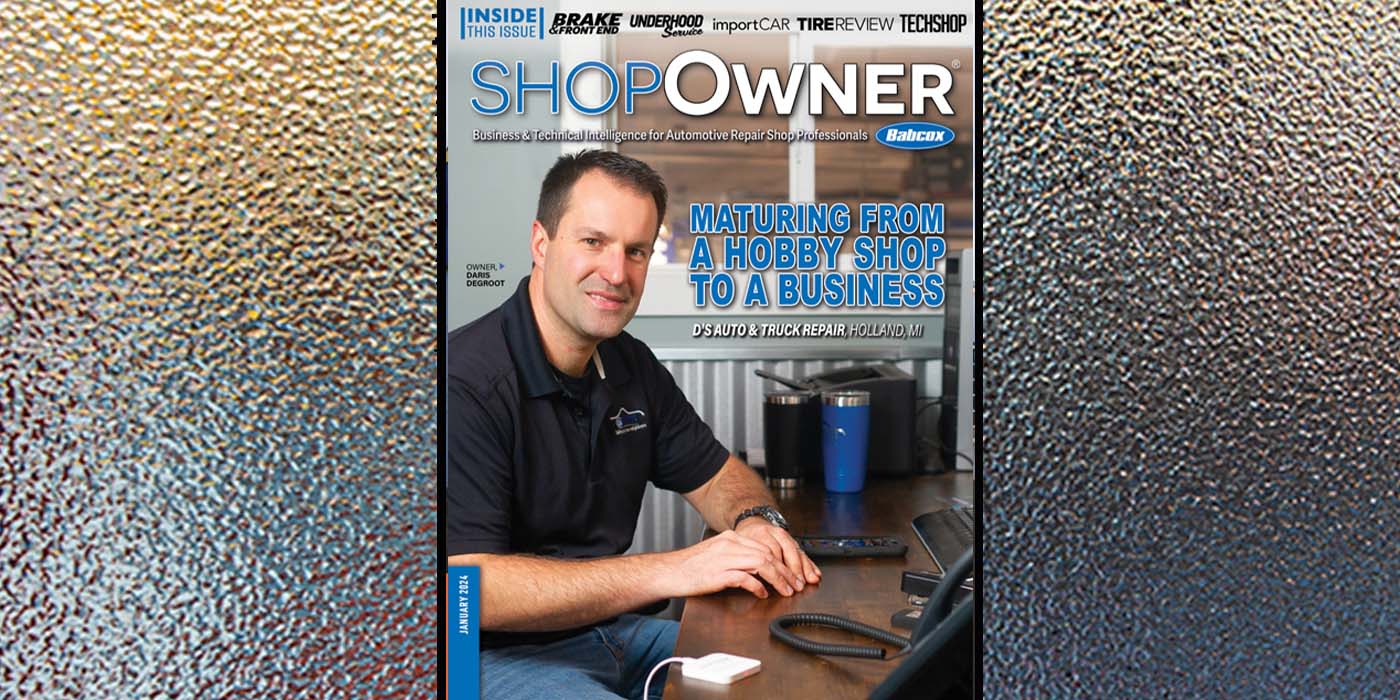
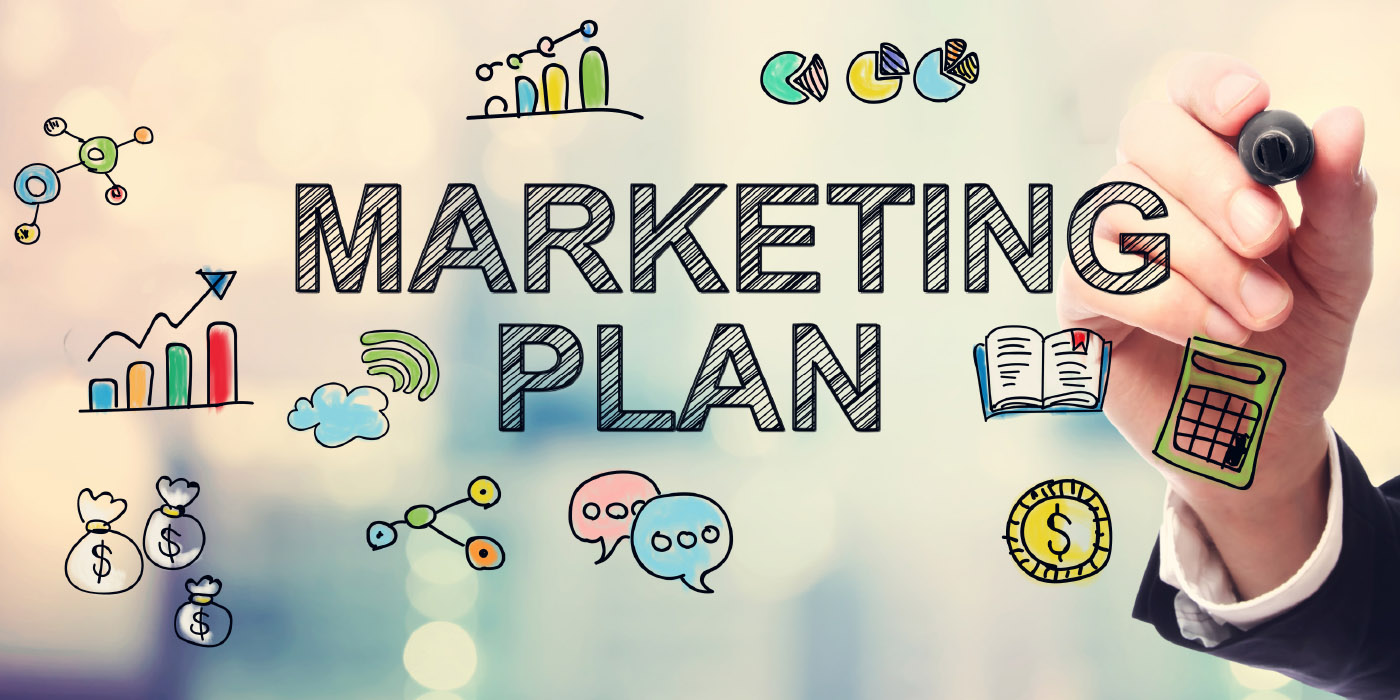
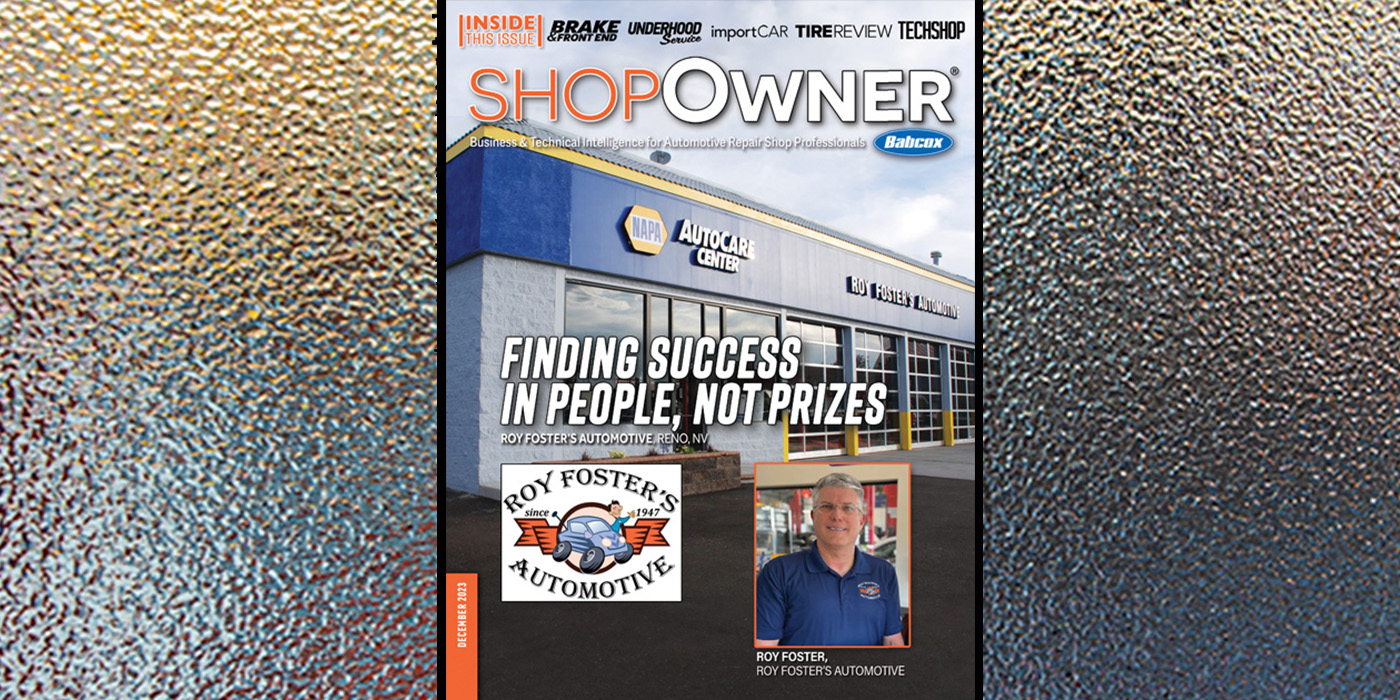

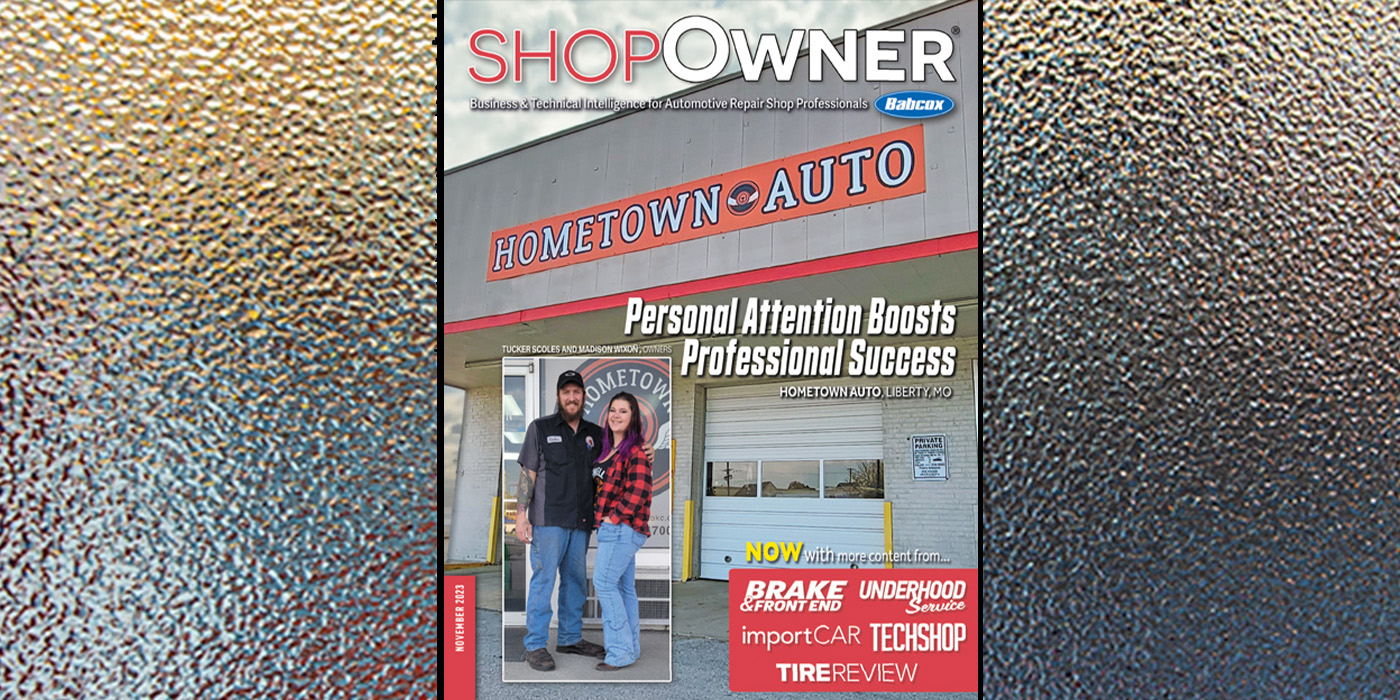
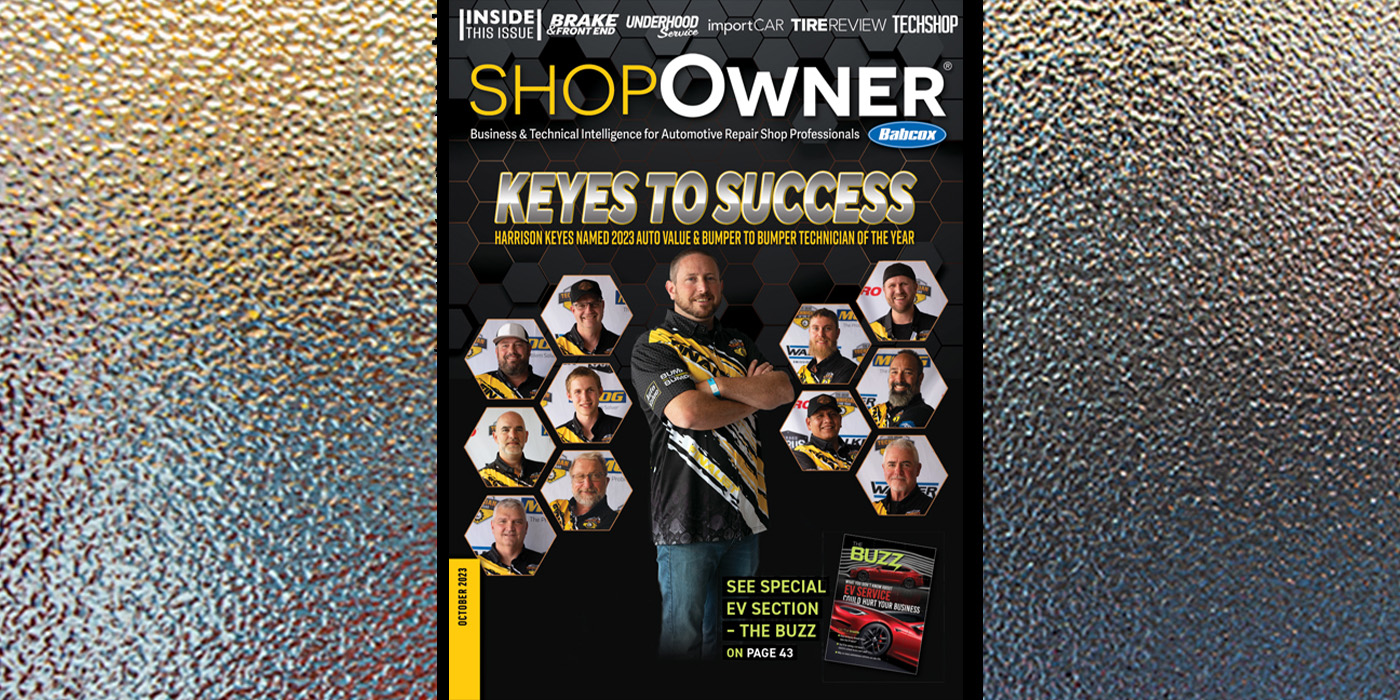

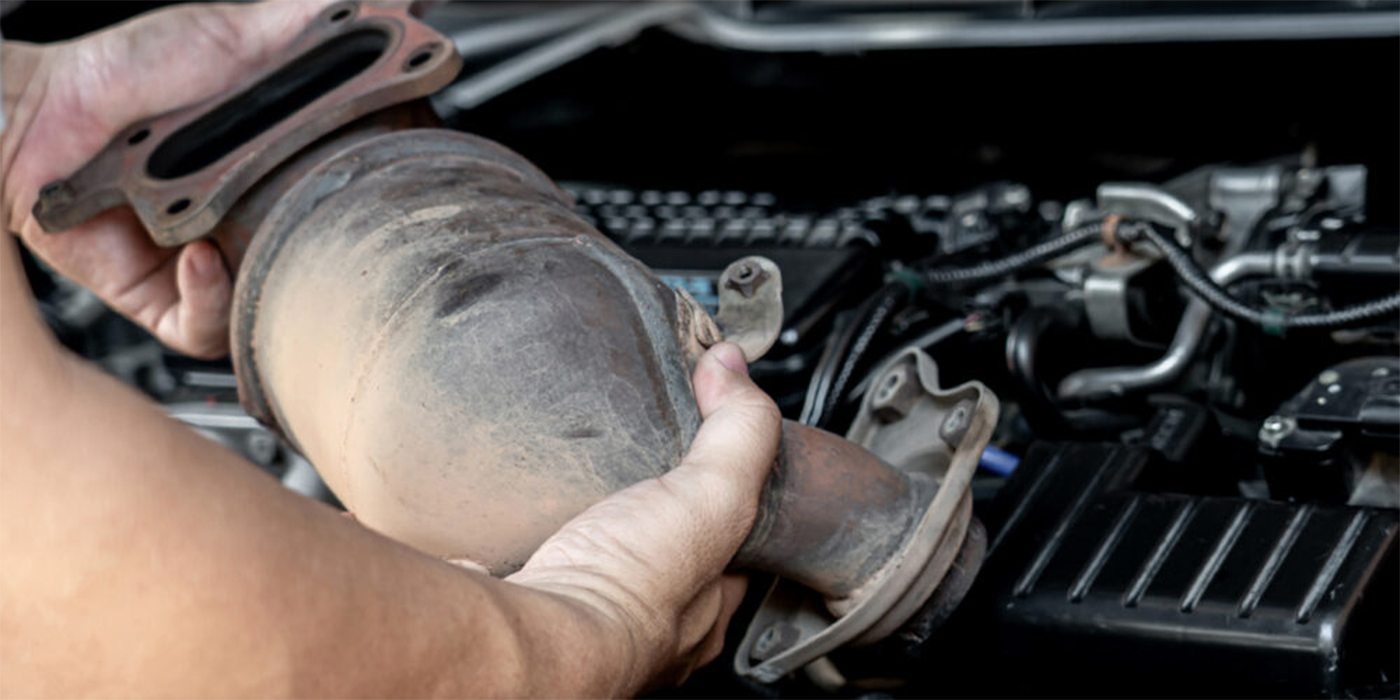
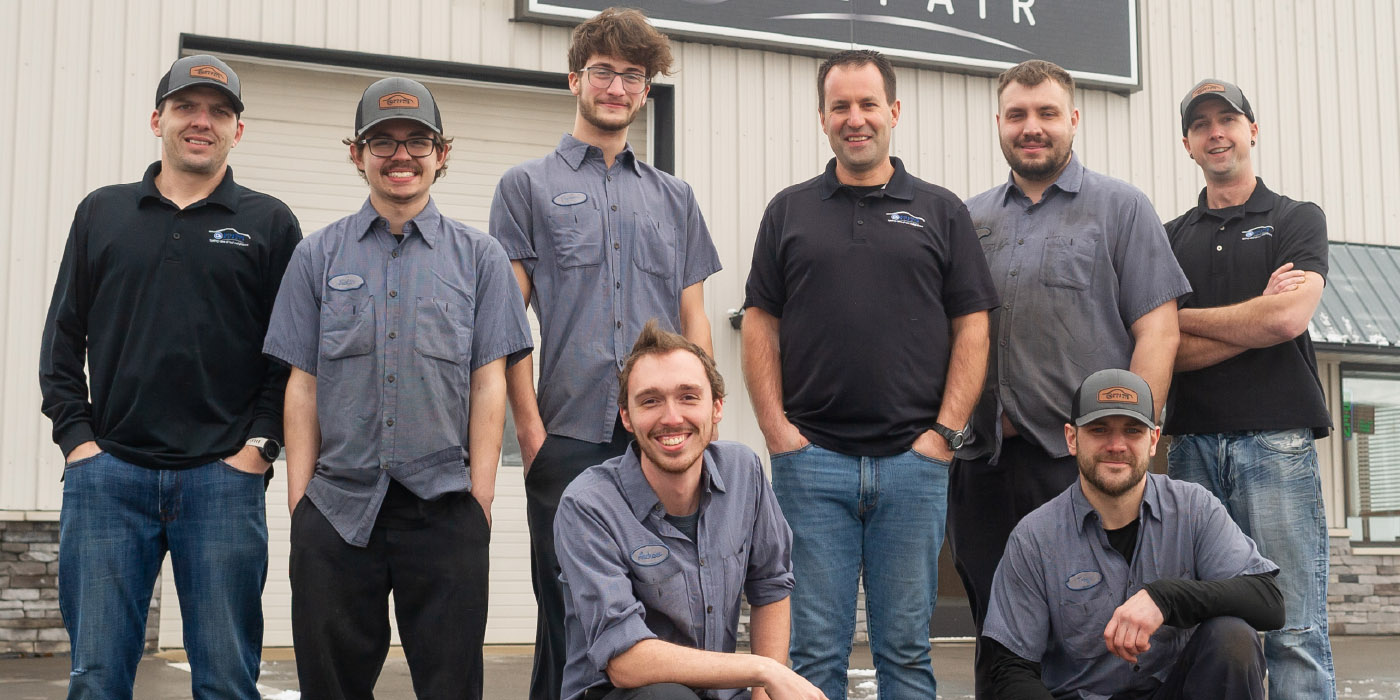


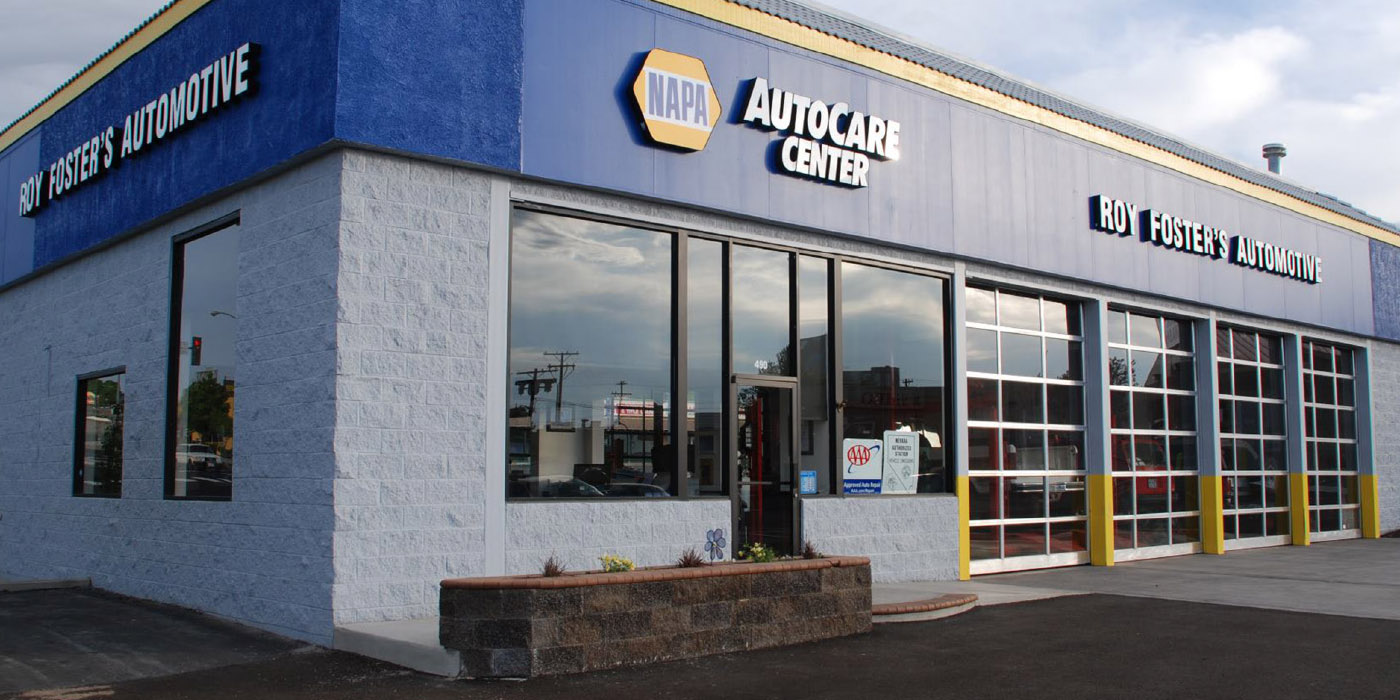
I’m not a financial scholar by any means, but I know what return on investment (ROI) is. It’s a mathematical formula that yields a representation of the profitability of any type of investment. In the automotive repair industry, we primarily associate this with equipment. Admittedly, I’ve never used the term much, more often approaching things from the standpoint, “Am I making money with this or not?” As technicians and shops, our typical thought process centers on each individual job, how much time and money we have into it, so we’re used to thinking profit or loss, and also pretty good at knowing if we made money, or if we lost our “back quarters.”But over time I’ve learned that the thought process alone is not always the best approach, and making money doesn’t necessarily mean a good ROI. Even if you don’t go crazy with an exponentially long, complicated equation, if you understand the basic idea and process of calculating ROI, it can help you make good purchasing decisions. The base calculation would be dividing your net profits by the cost of the equipment. That’s your ROI. Then, if you want to take it further, you can divide that number to get a time-based ROI average.Let’s look at a basic calculation. You buy something for $10, then sell it for $14. Your profit is $4. Divide profit by investment, ($4/$10) and you get an ROI of 40%. Not bad, but if it took two years to make this profit, then your ROI would be 20% annualized, which is not as impressive. You can use this basic formula to compare products you sell as well, and it may help you decide what’s best to keep in stock or not.Now let’s try something with equipment. You have an old tire machine that’s paid for. You average one set of tires per week and it takes 1.5 hours to complete the job. You decide to buy a new tire machine that is much quicker and more efficient but it cost you $20,000. Now the same job only takes one hour. Based on the cost of technician salary, you calculate that it saves you $30 per job with this new equipment. In this case you would use the formula: savings (additional profit)/investment. At one set of tires per week, that works out to $1,560 per year. $1,560/$20,000 equals an ROI of approximately 8%. That’s not too good. It will take you almost 12 years to pay off the new machine.On the other hand, if you average five sets of tires per week, then your additional profit for the first year is $7,800. $7,800/$20,000 equals an ROI of 39%. That’s pretty good. A general rule of thumb is to pay off any piece of equipment within two to three years. This puts you right on track.But now, here is the problem. This is where we throw the proverbial wrench into the plans. Equipment is tricky. You should also calculate in installation and maintenance costs, as well as the cost of training for the new equipment, and factor in how long the equipment is going to be relevant. This is an especially important factor when considering a scan tool, the required updates and how long before it’s potentially obsolete. In the case of a tire machine, you can also calculate in savings from other benefits of a new machine, such as no more damage to wheels or tire pressure monitoring system (TPMS) sensors, which the new machine can eliminate.Some of this can be overwhelming, and it makes me realize why it’s easier just to fly by the seat of your pants and wonder, “Am I making money or not?” It’s an important business aspect, however, to know what is behind the idea because it can benefit you in so many ways. Even without math, you can almost visualize the numbers in your head.I’ll try it by leaving the formulas out to decide whether it makes sense to buy a dedicated TPMS tool when you already have a full-function scan tool with TPMS ability.If you get a TPMS problem every day and you use your full-function scan tool to diagnose it, most likely it takes much longer to boot and longer to navigate to the function. Even then, it may not cover all you need. Because there’s such a vast amount of information that a full-function scan tool has, it simply takes more for the manufacturer to keep everything current. Plus, you often must still rely on service information for certain procedures and then, if it’s the only scan tool for your shop, it ties it up for use in other diagnostics.Now, let’s compare that to a dedicated TPMS tool. Built with only one function in mind, they can make the process much quicker, have greater coverage, boot quicker and quickly walk you through all steps of any required TPMS resets. When you factor in the savings in time and the fact that your primary scan tool isn’t tied up, you can prove the value of a dedicated TPMS tool through ROI calculations. On the other hand, if you rarely work on TPMS systems, you can prove it wouldn’t make sense at all, since you do have the function on your primary scan tool.While you haven’t done any calculations, you’ve thought of it in that manner and can picture where the calculations might end up. If you’re on the fence, the math will give you the answer. Ultimately, your accountant could take the idea even further, with an undoubtedly more advanced knowledge of ROI, and almost certainly a way to calculate depreciation into the formula. That’s where I sign off, but you get the idea. It’s a great concept that represents fundamental business financials.